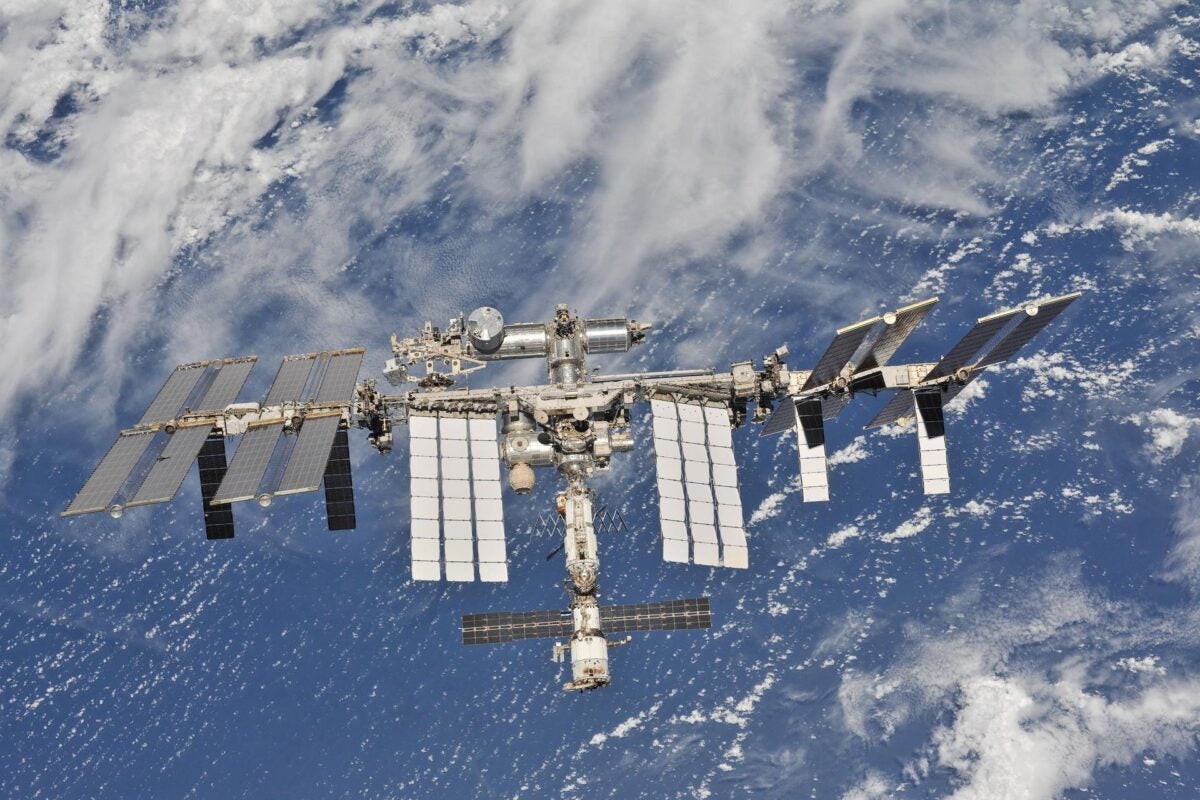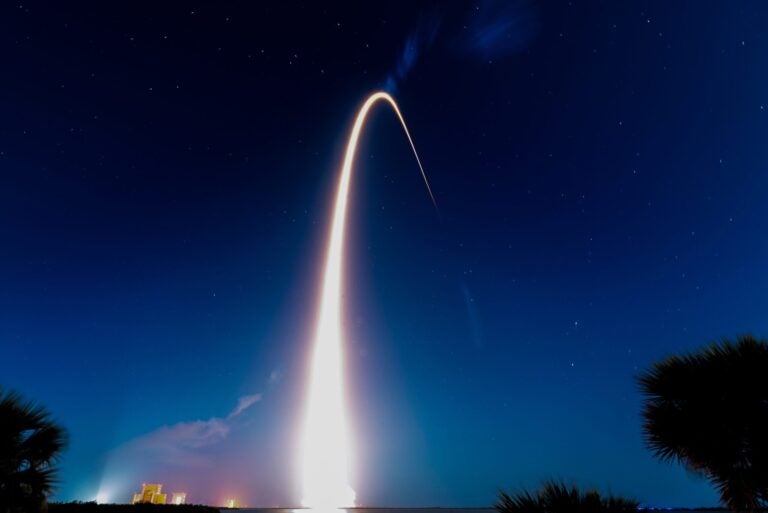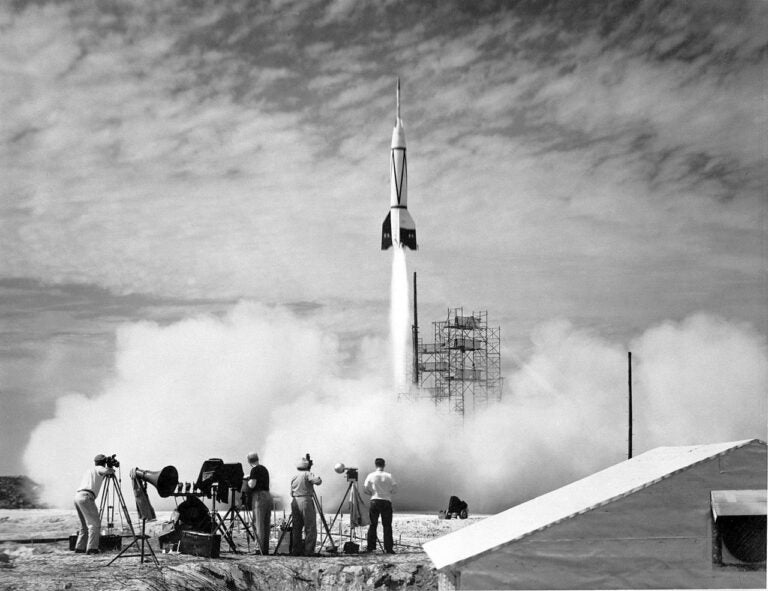
Although it may seem hard to believe, the International Space Station (ISS) is nearing the end of its operational lifespan. Some readers might’ve even been born after the first section of the ISS was launched in 1998 and have never lived in a world without it soaring overhead. The ISS took years to build and required a total of 37 U.S. space shuttle flights, as well as five Russian rocket launches, for the station to be completed.
Related: The International Space Station turns 25
Over the last quarter century, more than 270 individuals have visited the ISS to help construct the station, lodge there, perform scientific experiments and medical research, and — more recently —support various commercial space ventures. Over its many years of service, the ISS has proven to be a boon for the five space agencies (the Canadian Space Agency, the European Space Agency, the Japan Aerospace Exploration Agency, the Russian Roscosmos, and NASA) that share operational responsibility for the station.
Narrowing down the options
Still, NASA plans to retire the ISS in 2030. Although the ISS is the largest space station built to date (currently dwarfing the relatively new Chinese Tiangong space station), it is profoundly expensive to operate and requires periodic boosts to maintain its orbit. Beyond that, much of the technology aboard the ISS is simply getting old. NASA and its partners never planned for the ISS to function forever, and these organizations are now planning for when operations aboard the ISS finally come to their conclusion.
When thinking about the end of the ISS, NASA considered several options. One was moving the ISS to a higher (and more stable) “parking” orbit, where it could effectively be mothballed without a crew. But without humans to maintain the station, the hardware would likely begin to break down and progressively fail. Significantly, even a higher orbit would eventually decay and the ISS would come falling down to Earth.
NASA also briefly considered disassembling the station, but this would be extremely costly. It also raised the question of what to do with a used ISS module once it was back on terra firma. To complicate matters further, without the space shuttle and its cargo bay to bring down individual modules from the station, such a plan is, for all intents and purposes, impossible.
The only realistic option — and the one NASA has ultimately chosen — is to deorbit the station and let it come down through the atmosphere and crash to Earth.
Deorbiting can be either a controlled or uncontrolled process. For example, a prior U.S. space station, Skylab, crashed to Earth following a largely uncontrolled deorbit in July 1979. An uncontrolled deorbit is cheaper (essentially free) but runs the risks of impacting population centers, potentially injuring people, or damaging buildings — some parts of Skylab landed in Australia, but luckily, nobody was harmed.
A controlled deorbit would allow the ISS to be brought down to Earth at a time and place of NASA’s choosing, creating the lowest possible risk to people and infrastructure. This is the option NASA has chosen. And given its large size — roughly the size of a football field — the ISS is likely to be brought down over a broad area of the south Pacific Ocean, far from any inhabited areas.
Bringing down the station
So, exactly how will NASA go about bringing down a massive structure like the ISS?
Even at the station’s current orbital height of some 250 miles (400 kilometers) above Earth’s surface, it still experiences drag from our planet’s atmosphere as it orbits. According to the agency’s current plan, when it’s time to come down, the station’s natural orbital decay will be enhanced by controlled maneuvers to further lower its altitude.
Once the final crews depart the ISS, NASA plans to allow the station’s orbit to further decay over 12 to 18 months. Then, a final deorbit will be facilitated by a modified version of the highly successful SpaceX Dragon spacecraft. This one-off craft will be larger than a standard Dragon, have six times the propellant, and four times the thruster power. The deorbit Dragon vehicle will use 46 Draco thrusters to perform several propellant burns to shift the orbit ever lower, as well as undertake a final burn to precipitate the ultimate descent of the station.
As the station descends through the atmosphere, it will undergo intense heating due to friction with air molecules. This will cause the station to break apart and largely burn up. Many parts of the ISS will simply be consumed by the fire of re-entry, while a few of the larger and more durable sections (such as the trusses that hold the station together) will likely survive the final plunge to impact the ocean and sink to the seafloor.
SpaceX plans to have the deorbit vehicle completed by 2028 and NASA plans for the final deorbit event to occur in 2031.
The next giant leap
The next big space station project for NASA is the Lunar Gateway, which will be smaller than the ISS but much more complex, as it will orbit not Earth, but the Moon. No direct replacement for the ISS is on the drawing board.
It seems likely that at least one or two of several smaller space stations currently being developed by private space companies will one day make it to space. These stations could provide further opportunities for scientific and medical research, though they may be largely focused on space tourism. Axiom Space, for example, has already released detailed plans for building a space station in several sections, each brought to orbit by successive launches.
Regardless of what comes in its wake, the ISS will forever be remembered as a groundbreaking piece of space technology that took the combined efforts of many nations and countless individuals to build. Its legacy of accomplishment will be a difficult thing for its successors to top.
Related: Archaeologists conduct first ‘space excavation’ on International Space Station









